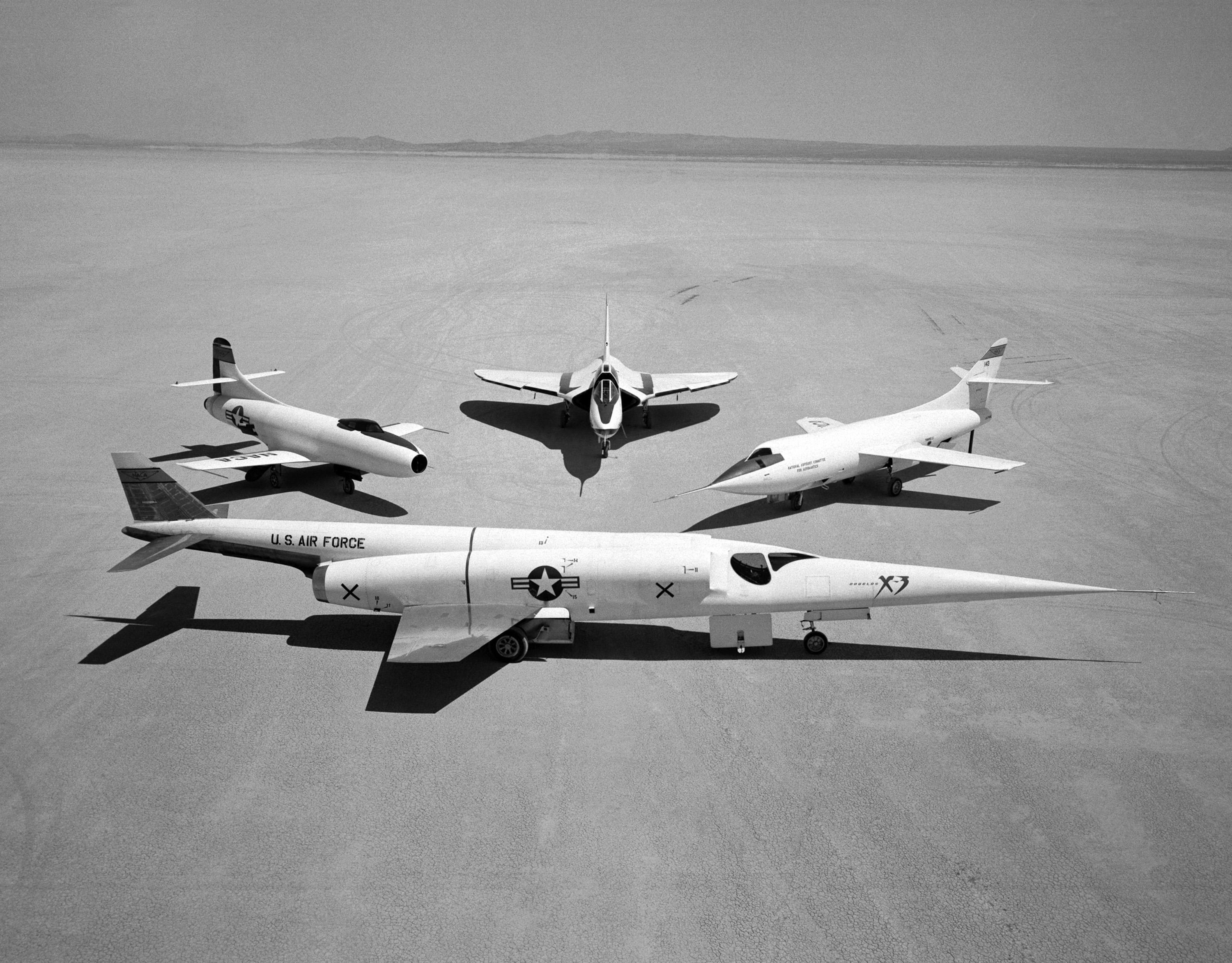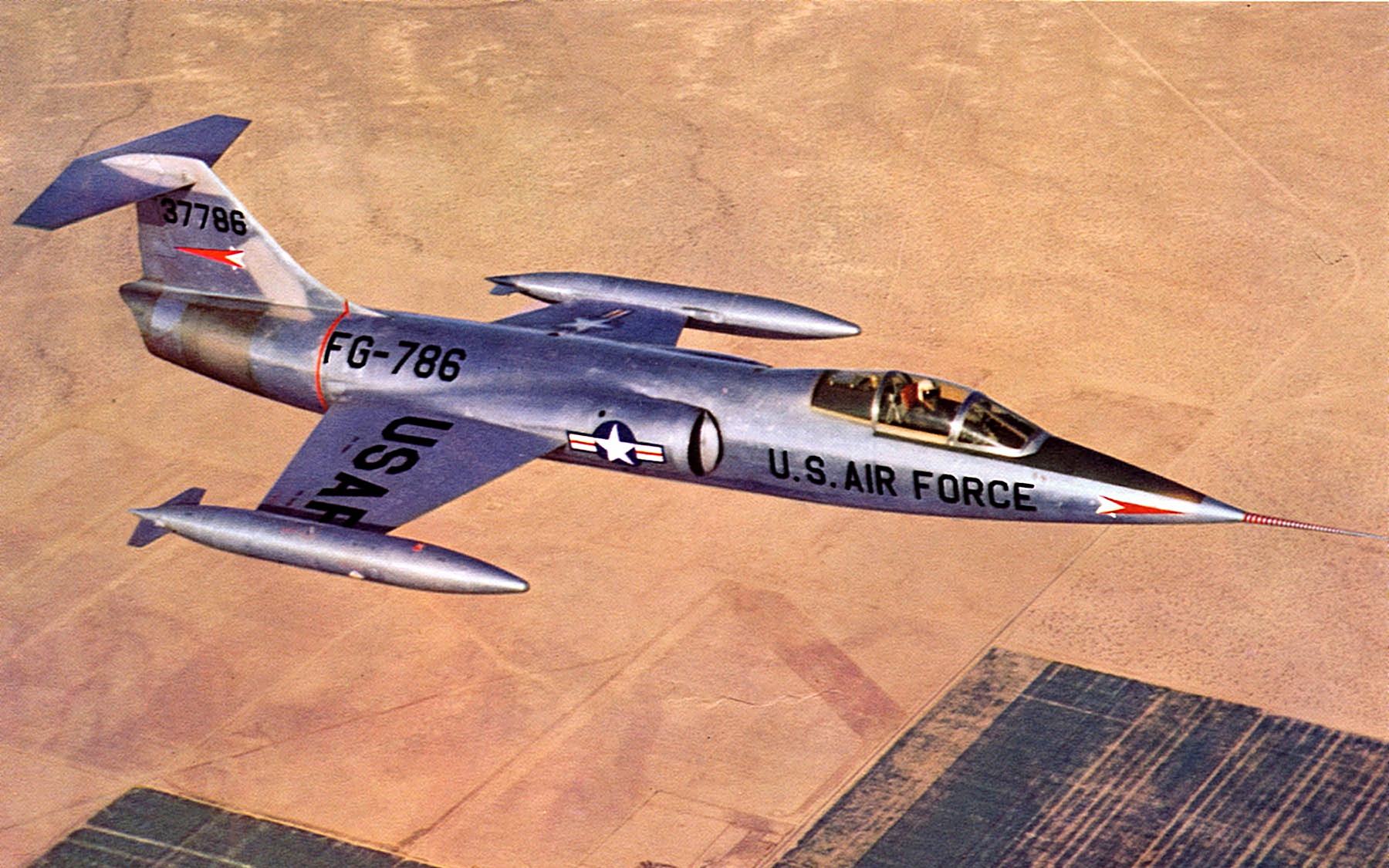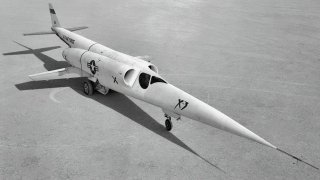Douglas X-3 Stiletto: The Supersonic Jet That Couldn’t Reach Mach 2
The Douglas X-3 “Stiletto,” designed to research sustained supersonic speeds and achieve a maximum speed of 2,000 mph, ultimately fell short due to being severely underpowered.
Summary and Key Points: The Douglas X-3 “Stiletto,” designed to research sustained supersonic speeds and achieve a maximum speed of 2,000 mph, ultimately fell short due to being severely underpowered.

-Despite its sleek and rocket-like design, the X-3 couldn't reach Mach-1 in level flight without diving.
-The program did, however, contribute valuable data on low-aspect-ratio wings, titanium construction, and inertia coupling, and it influenced the development of the Lockheed F-104 “Starfighter.” Although it failed to meet its performance goals, the X-3’s legacy includes advancements in tire technology and aerodynamic research.
The Douglas X-3 Stiletto: A Supersonic Dream That Fell Short
The Douglas X-3 “Stiletto” looks fast. Sleek and streamlined, resembling a rocket as much as an airplane, the X-3 was designed to hit a maximum speed of 2,000 miles per hour – all for the purpose of researching sustained supersonic speeds.
The jet had just one, little problem, however: It was slow. Severely underpowered, the X-3 couldn’t even hit Mach-1 in level flight. The X-3 had to edge its nose forward and fly downhill to pick up the momentum needed to reach Mach-1. Mach-2 was out of the question.
Exploring Wing Ratios
The X-3 began as an ambitious program. Intended to test and explore sustained Mach-2 turbojet propulsion, the X-3 was meant to take off from a runway under its own power. This feature alone marked a significant departure from the preceding X-1 and X-2 programs. While the X-1 did perform a few runway take-offs, both the X-1 and X-2 were primarily lifted to altitude aboard heavy bombers, the B-29 and B-50 respectively, before being dropped.
The X-3 was also designed to test the feasibility of low-aspect-ratio wings – meaning a short, wide wing. While wings with a high aspect provide a better lift-to-drag ratio and are commonly used in commercial airliners and gliders, the X-3 helped us to better understand the performance characteristics of low-aspect-ratio wings. We learned that low-aspect wings experience less bending stress than high-aspect wings; they have a higher roll rate (and higher maneuverability); and they experience less parasitic drag. Not surprisingly, nearly all fighter jets today use low-aspect-ratio wings.
The X-3 program represented another structural first: It was the first aircraft ever built with large-scale use of titanium.
The X-3 Was an Informative Disappointment
Construction of two X-3s was approved in 1949. Initially, the jet planned to include the Westinghouse J46 engine. However, this engine couldn’t meet the X-3’s thrust, size, or weight requirements, so the J46 was swapped out for the lower-thrust Westinghouse J34. Whereas the J46 could supply 7,000 pounds of thrust, the J34 could only deliver 4,900 pounds with afterburners engaged.
Once the X-3 was completed, the end result was a visually distinct aircraft featuring an extremely long, slender shape, extended nose, and small trapezoidal wings. Indeed, the designers had intended to build the thinnest, slenderest shape possible. They wanted something with low drag at supersonic speeds. The extended nose was built to accommodate testing equipment. The jet’s semi-buried cockpit and windscreen were created to reduce the effects of the “thermal thicket” conditions that the jet was expected to encounter in the Mach-2 range.
The slender, titanium airframe was a disappointment. The X-3 was underpowered, difficult to control, and required a dangerously high take-off speed of 300 miles per hour. Its top speed fell well short of expectations. Just to achieve Mach 1.1, the X-3 had to make a 15-degree dive. To achieve Mach 1.208, the fastest speed the X-3 ever recorded, the jet had to dive at 30 degrees.
The X-3 was not capable of performing its design purpose: providing data on Mach-2 speeds. But the program offered a few silver linings. The X-3 offered valuable insights into inertia coupling, and also led to the development of the Lockheed F-104 “Stafighter.” The most unexpected benefit had nothing to do with the wings: The X-3’s ultra-high take-off and landing speeds required improvements in tire technology.

Today, you can visit the X-3 – the only one ever built – at the National Museum of the United States Air Force in Ohio.

About the Author: Harrison Kass
Harrison Kass is a Senior Defense Editor with over 1,000 articles published. An attorney, pilot, guitarist, and minor pro hockey player, he joined the US Air Force as a Pilot Trainee but was medically discharged. Harrison has degrees from Lake Forest College, the University of Oregon, and New York University. He lives in Oregon and listens to Dokken. Follow him on Twitter @harrison_kass.
All images are Creative Commons.
From The Vault


